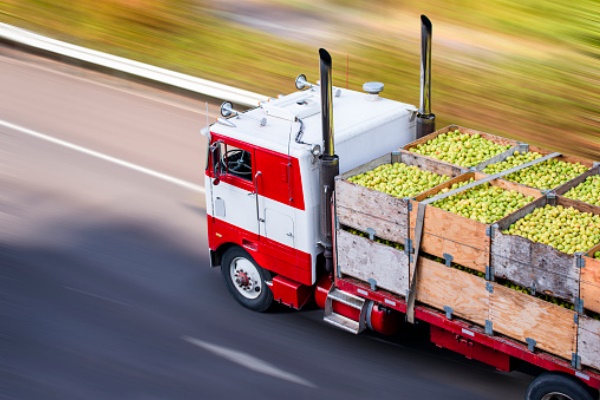Emissions from high-income countries are especially high.

Australian researchers at the University of Sydney used the FoodLab system to measure how much greenhouse gases enter the Earth’s atmosphere due to the transportation of food.
The analysis used data from 74 countries (producers and consumers of food), 37 sectors of the economy (vegetables and fruits, livestock, coal industry, etc.), as well as international and domestic transportation routes.
It turned out that the largest contribution to emissions from food transportation is made by China, the USA, India and Russia.
In just a year, food logistics emits 3 gigatons of greenhouse emissions. This is 19% of all food-related emissions and 6% of global greenhouse gas emissions per year.
Responsible consumer behavior and priority of local products would allow reducing emissions, scientists believe.
“Changing consumer attitudes and behavior will bring huge benefits to the environment. At a minimum, it is worth giving up the habit of buying out-of-season products that need to be delivered from other regions or countries. Eating local seasonal alternatives, as it has been for most of the history of our species, will help preserve the planet for future generations,” said David Raubenheimer, one of the authors of the study.
So, the most conscious consumers are called locavores — that is, people who eat only local products that did not have to be transported from afar.
The radius of locavoring is measured by 100-200 kilometers, and some fans of local products go further — even firewood for grilling and other accessories are bought only if they are produced nearby.
